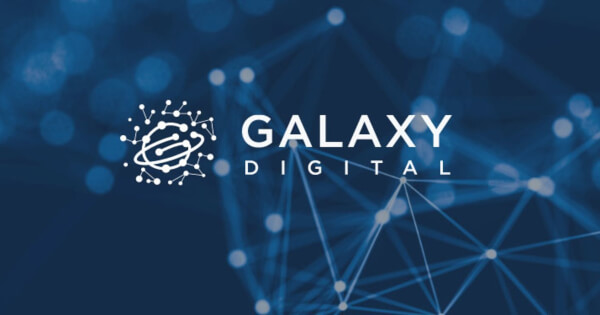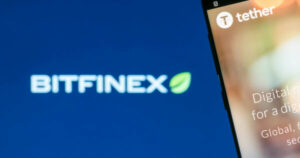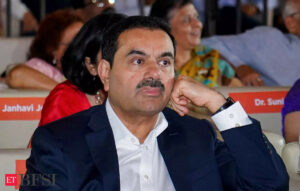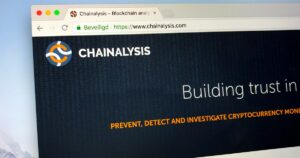On June 13, 2024, Ethereum developers convened virtually for the All Core Developers Consensus (ACDC) call #135. This bi-weekly meeting, chaired by Ethereum Foundation (EF) researcher Alex Stokes, focused on discussing and coordinating changes to Ethereum’s consensus layer, also known as the Beacon Chain, according to Galaxy blog.
Announcements
The meeting commenced with two significant announcements. EF Developer Operations (DevOps) Engineer Parithosh Jayanthi revealed that the ethPandaOps team will now maintain and develop the ethereum-package Kurtosis module. This software package is essential for creating Ethereum testnets and associated tools. Users are advised to update their links to the software, as the maintenance transition might impact some functionalities.
EF Protocol Support Lead Tim Beiko introduced new processes for staging the inclusion of Ethereum Improvement Proposals (EIPs) in upgrades. He presented a draft EIP defining labels such as “Proposed for Inclusion”, “Considered for Inclusion”, and “Scheduled for Inclusion”. Developers were asked to review and provide feedback on this document before the next ACD call.
Electra
Discussion then shifted to the upcoming major release of Electra, version 1.5.0-alpha.3. Developers agreed to merge pull request #3768, which addresses data serialization issues, into the next release. Outstanding issues, such as validator consolidations triggered through the execution layer (EL), were noted for further updates.
Most client teams indicated readiness to release new versions for testing within one to two weeks after the finalization of version 1.5.0-alpha.3. The timing for the next Pectra devnet, Pectra Devnet 1, will be revisited in a few weeks.
PeerDAS
The call also covered PeerDAS, a networking change designed to enhance nodes’ ability to process and validate large quantities of data submitted through blob transactions. Developers decided to activate PeerDAS on separate devnets from other Pectra EIPs, as merging them now could complicate testing.
While no clear timeline was provided for the PeerDAS Devnet 1 launch, rough estimates ranged from two weeks to a month. The topic will be revisited once client teams have made more progress.
Tim Beiko emphasized including PeerDAS code changes in the meta EIP for the Pectra upgrade to signal developers’ commitment to preparing it for mainnet activation. There were no objections to this inclusion.
Raising the Blob Gas Limit
PeerDAS changes will require raising the current limit of six blobs per block to enable higher data throughput. This change would involve more intricate engineering work than just adjusting a constant value. Stokes proposed decoupling dependencies between the EL and CL for changes to the blob gas limit. EF Researcher Dankrad Feist highlighted the complexities involved in gas computation changes.
Developers agreed to continue exploring the best approaches for making these changes and whether to couple PeerDAS activation with a blob gas limit increase. Opinions were divided on whether these changes should be combined or staged across multiple forks.
SSZ Update
Nimbus developer Etan Kissling provided updates on three SSZ-related EIPs. Implementation work has progressed across multiple clients, and developers will discuss devnet timelines for these EIPs in the next ACDC call.
F-Star Naming
The naming of the next Ethereum consensus layer upgrade after Electra was also discussed. The primary contenders are Fulu, Felis, Formosa, and Funi. Developers were invited to share their thoughts on the Ethereum Magicians post.
Image source: Shutterstock









